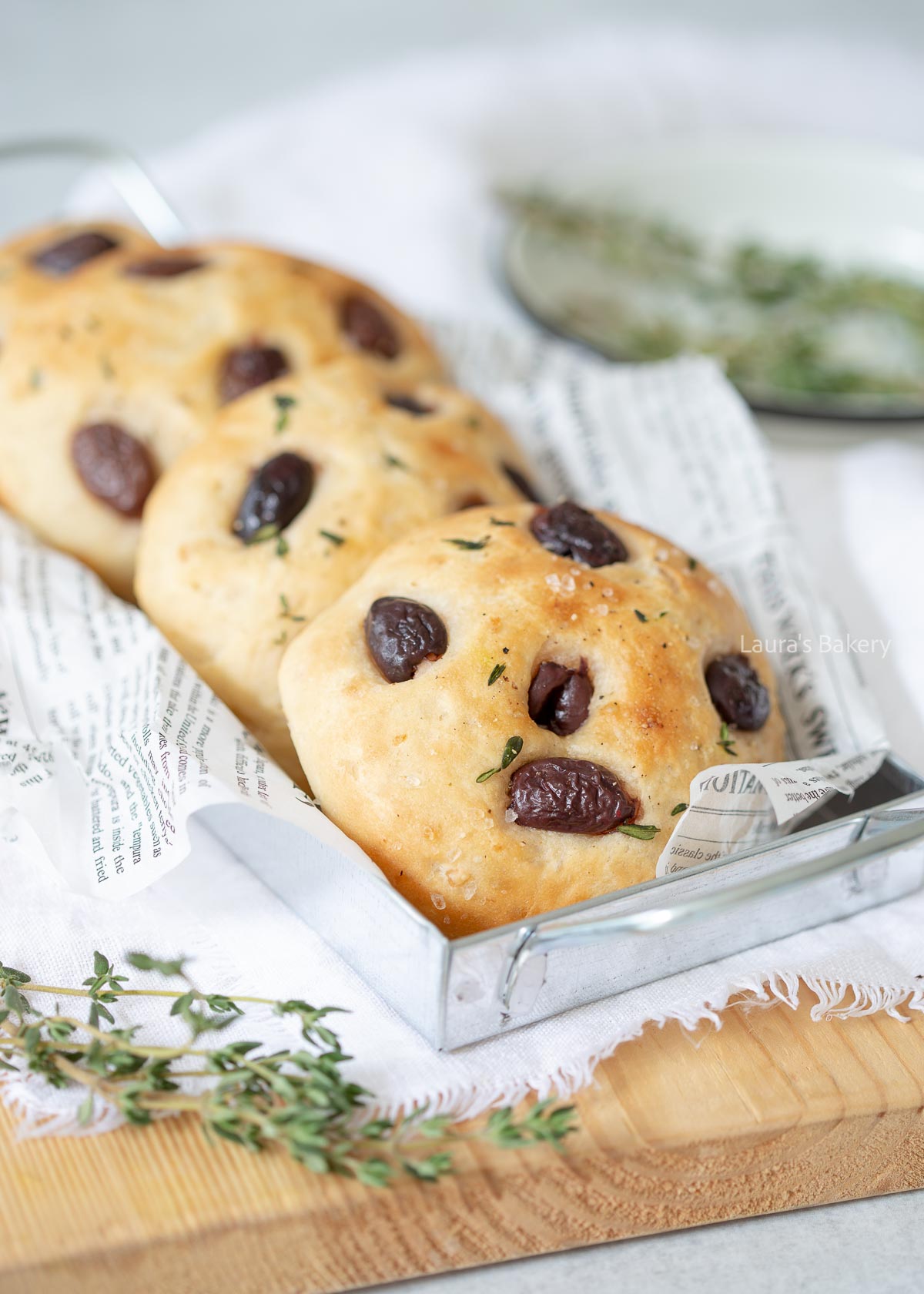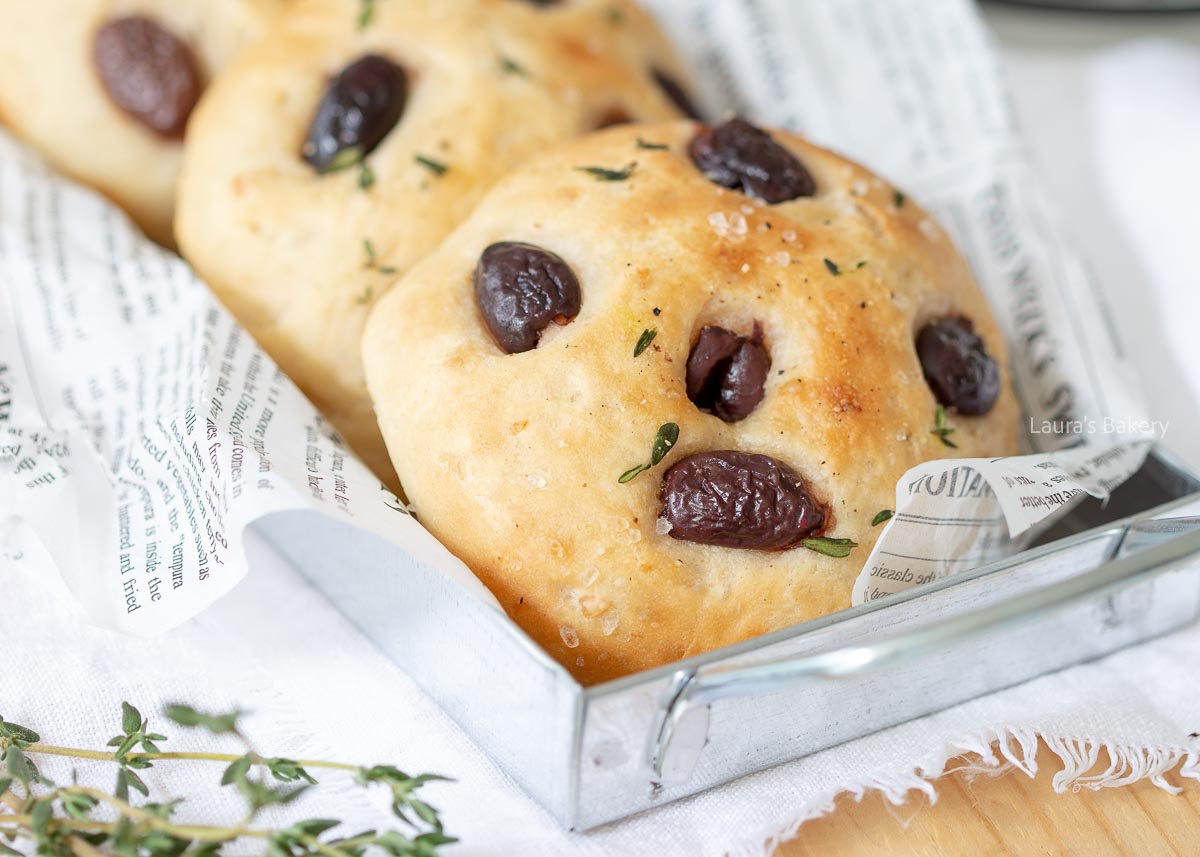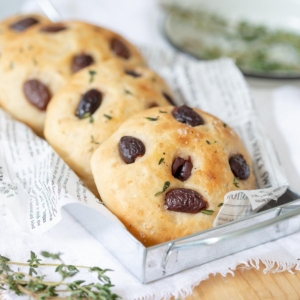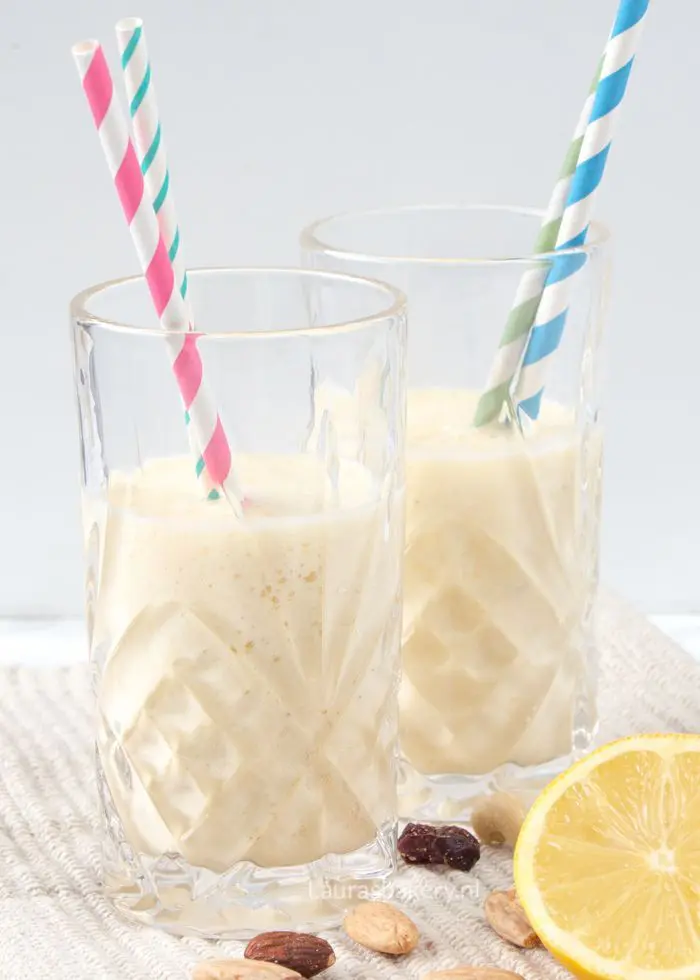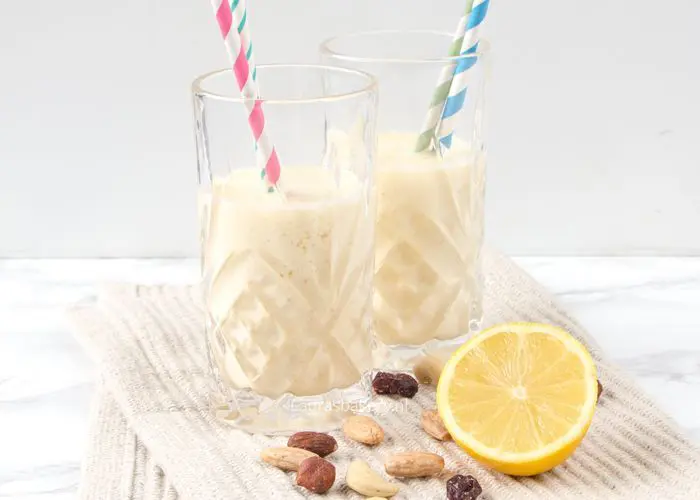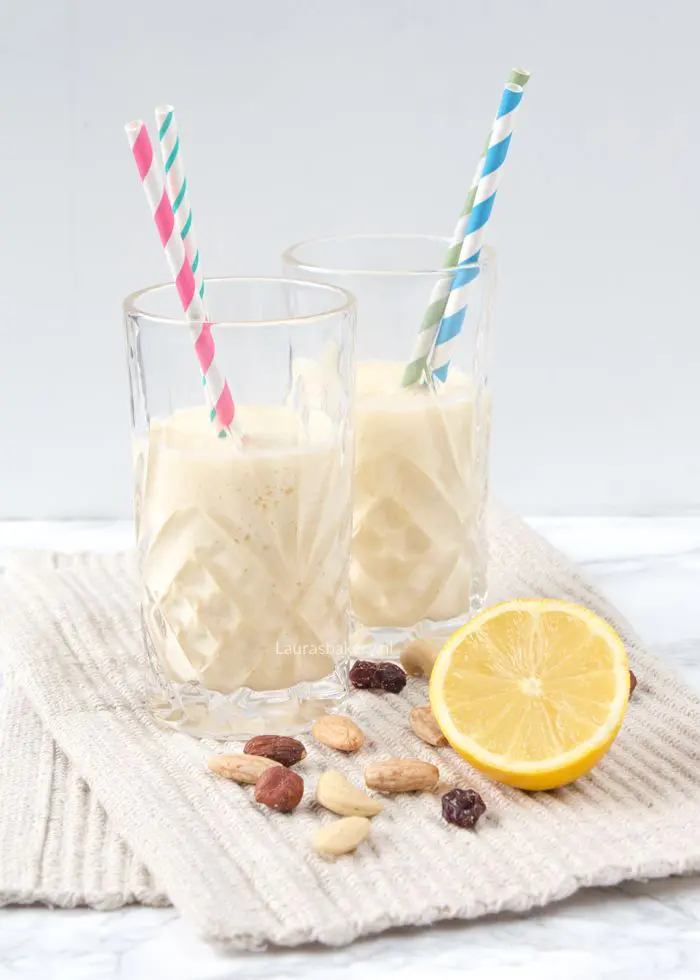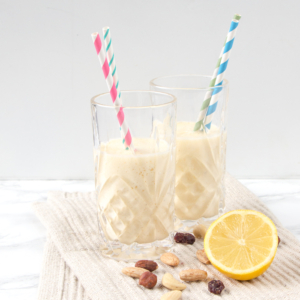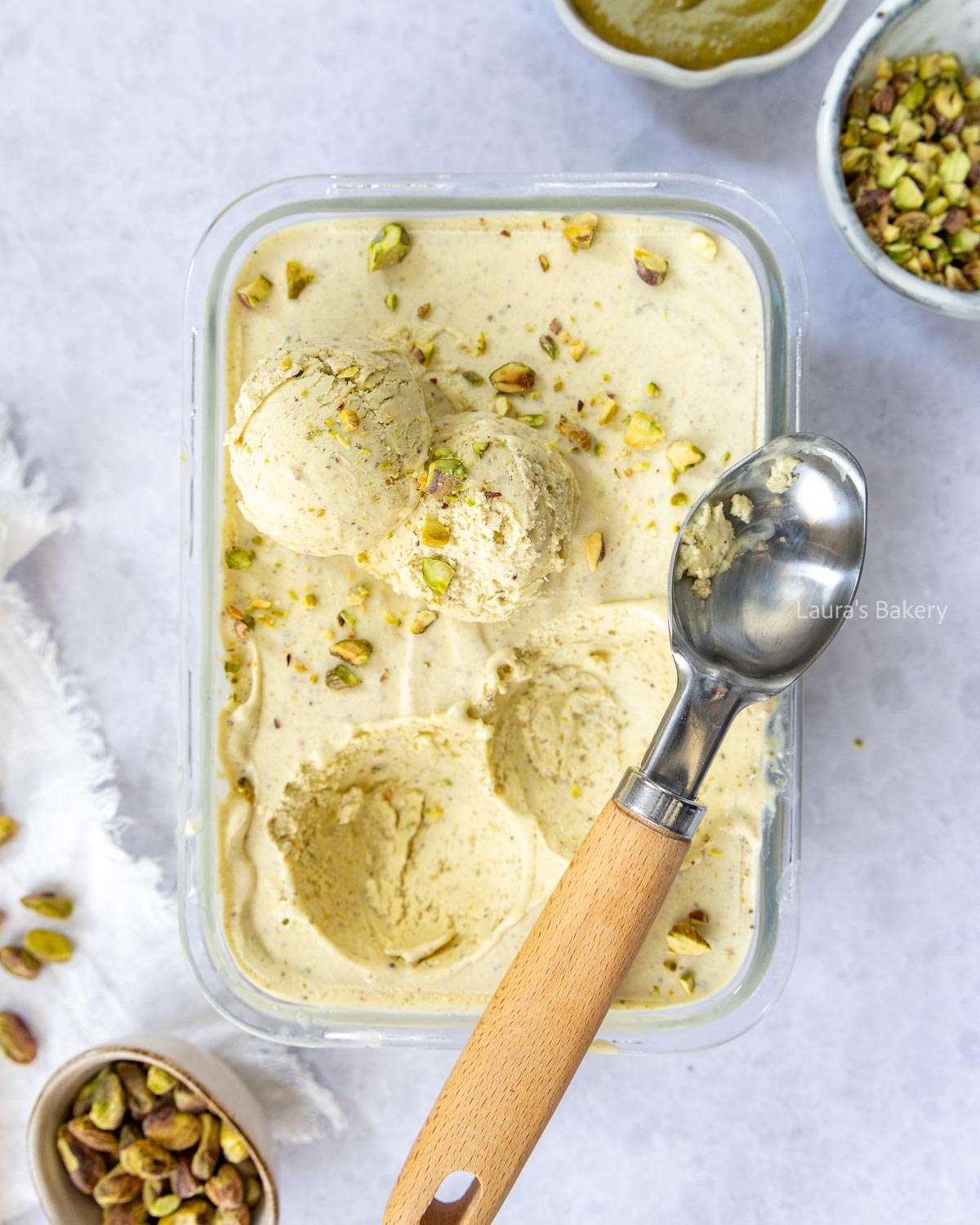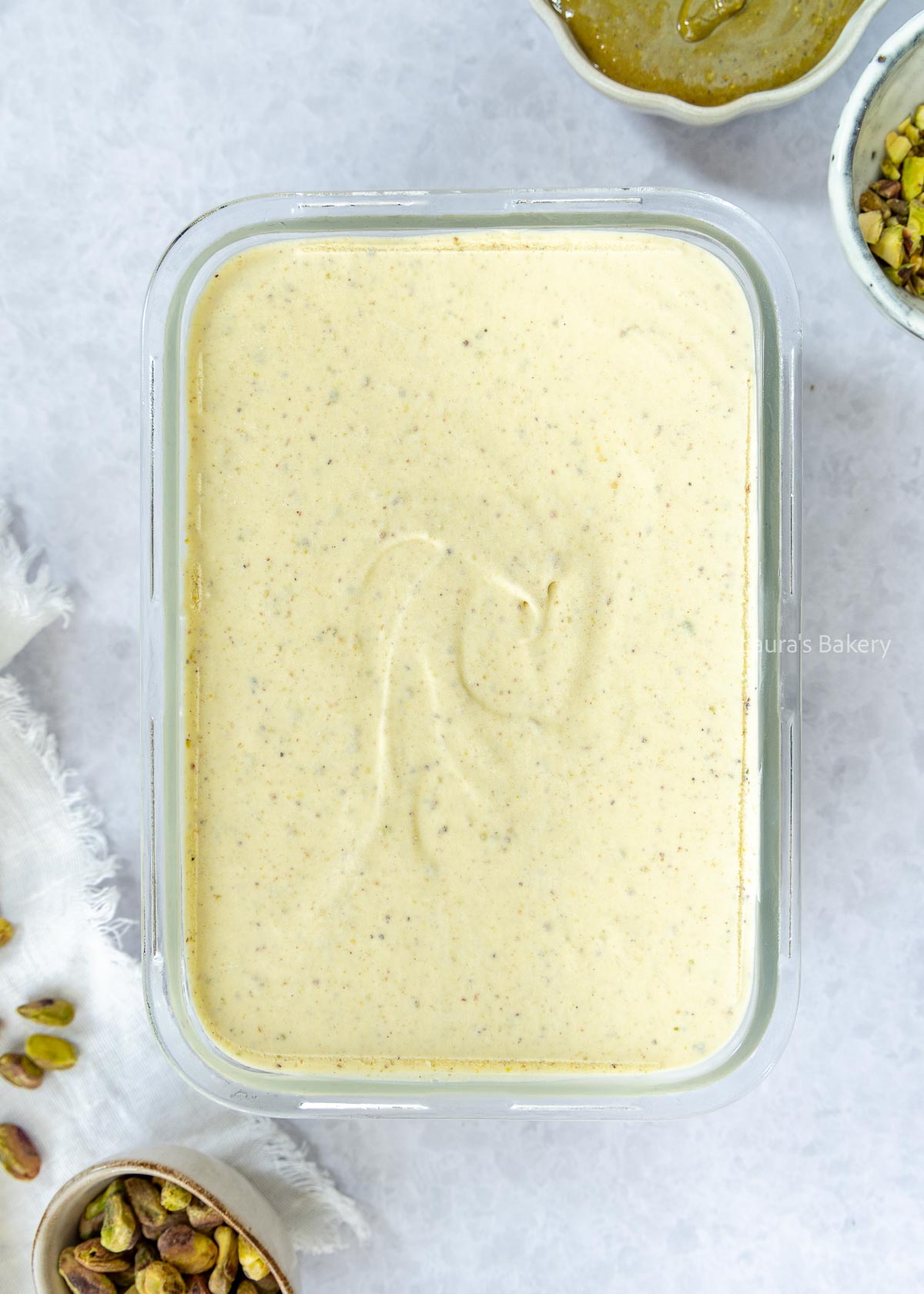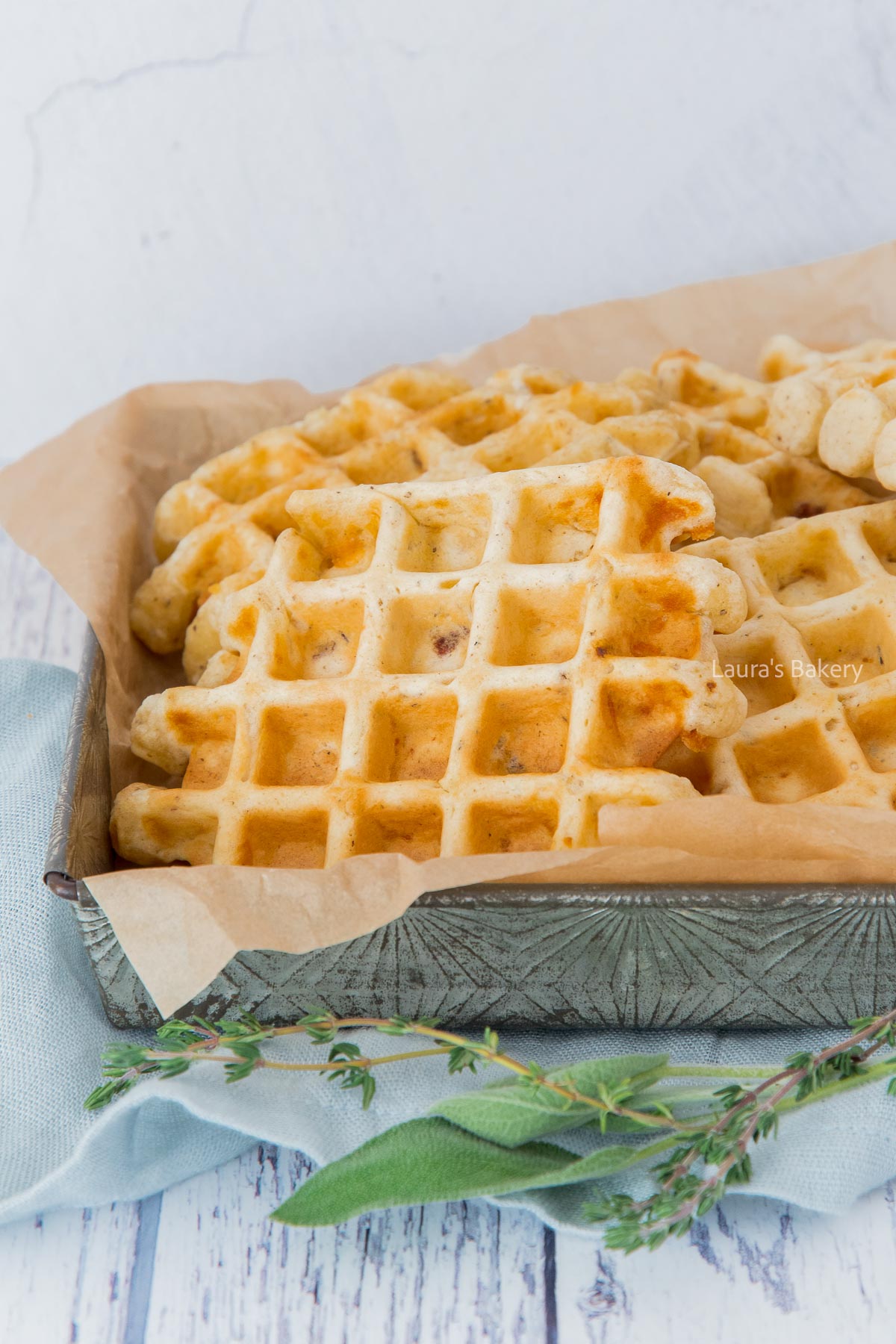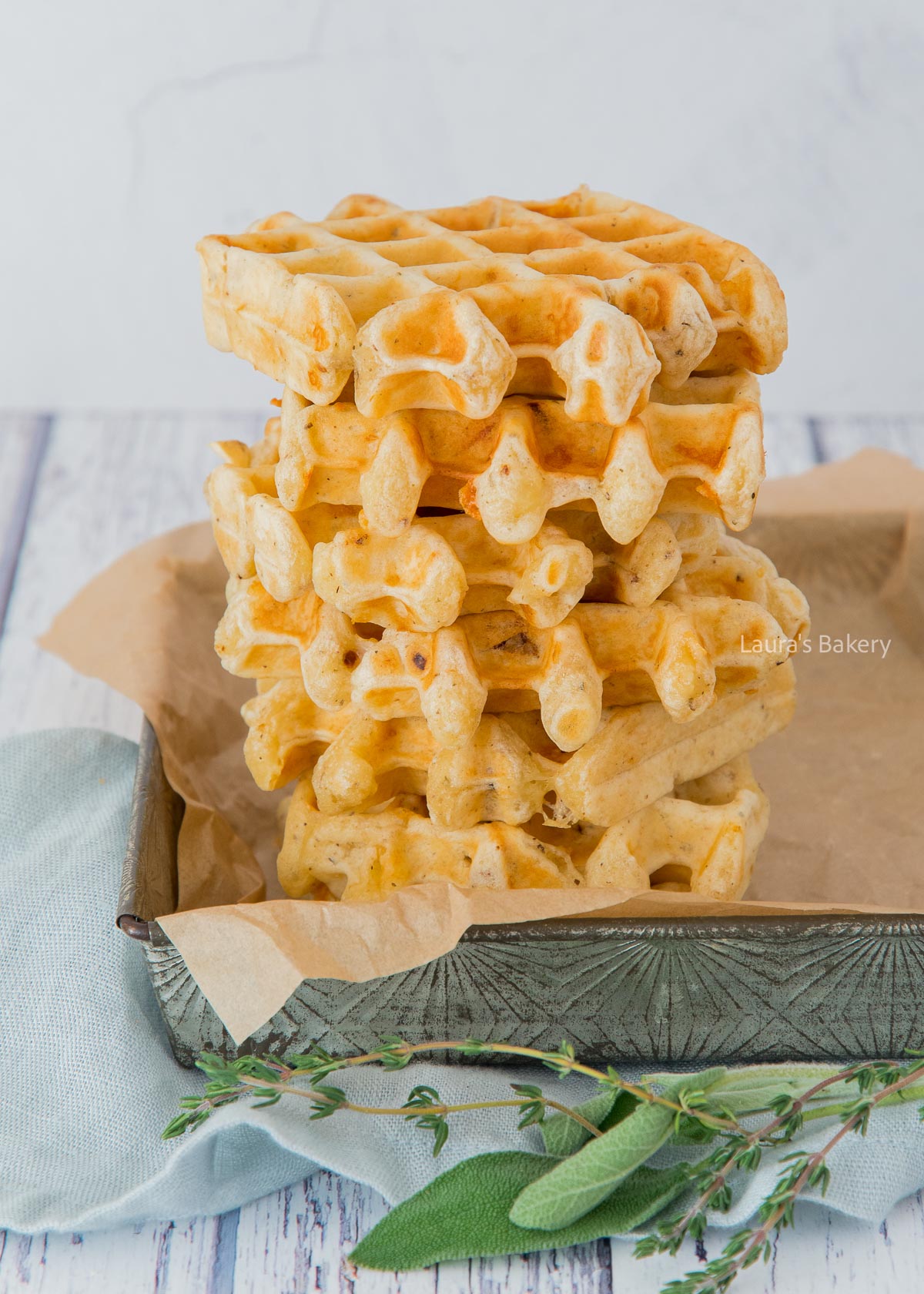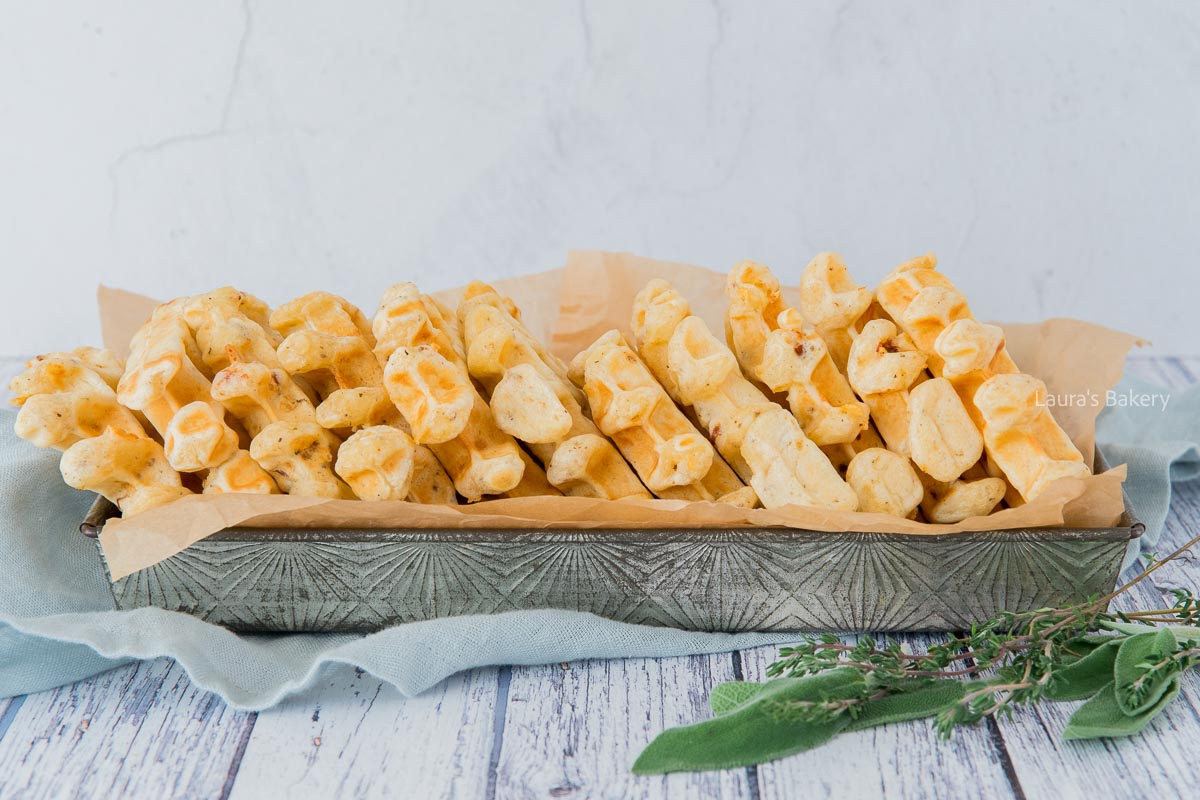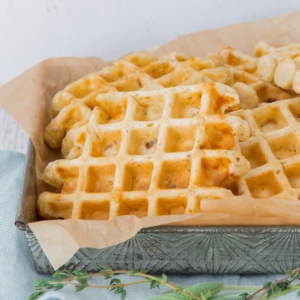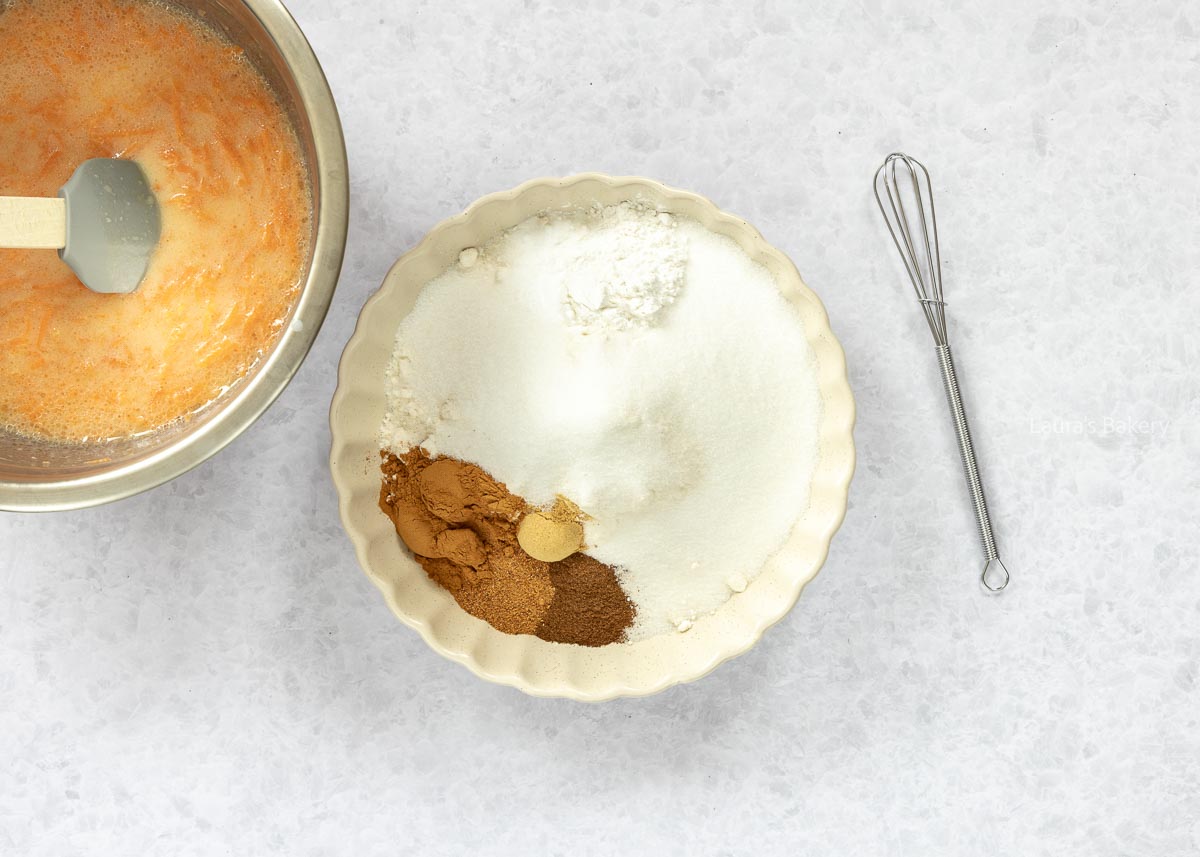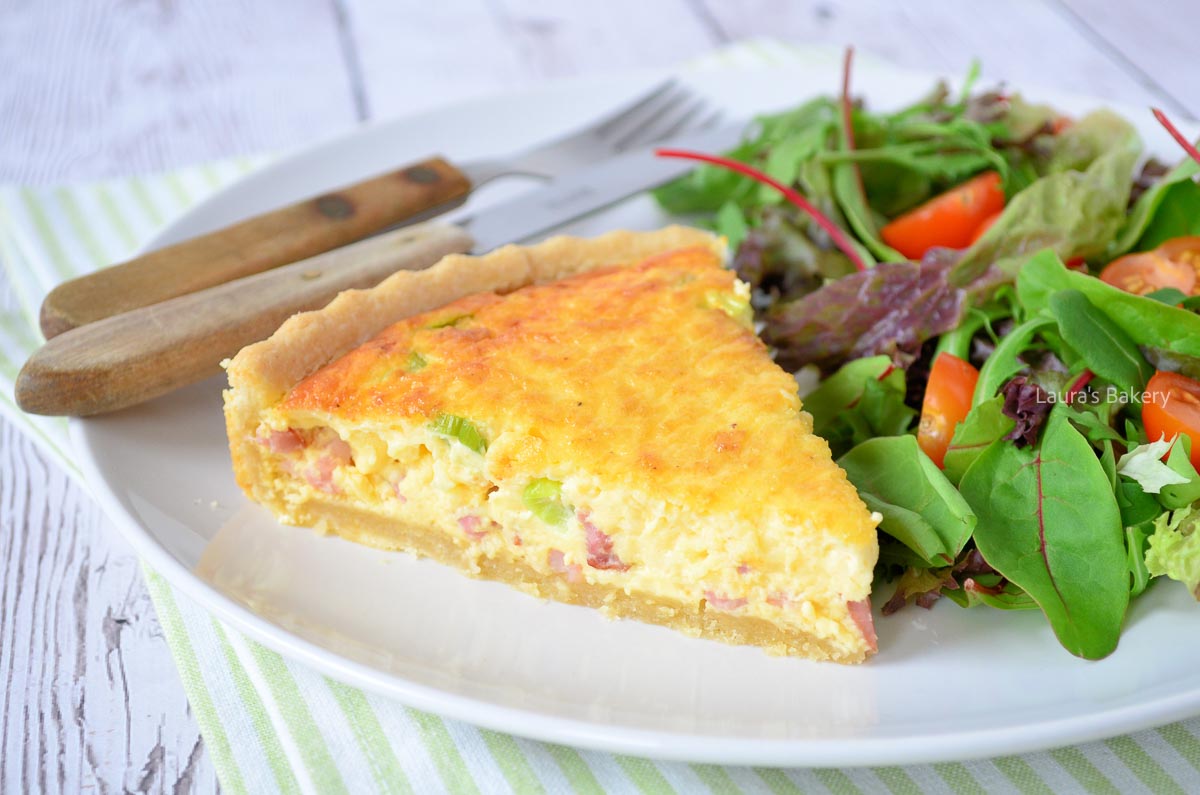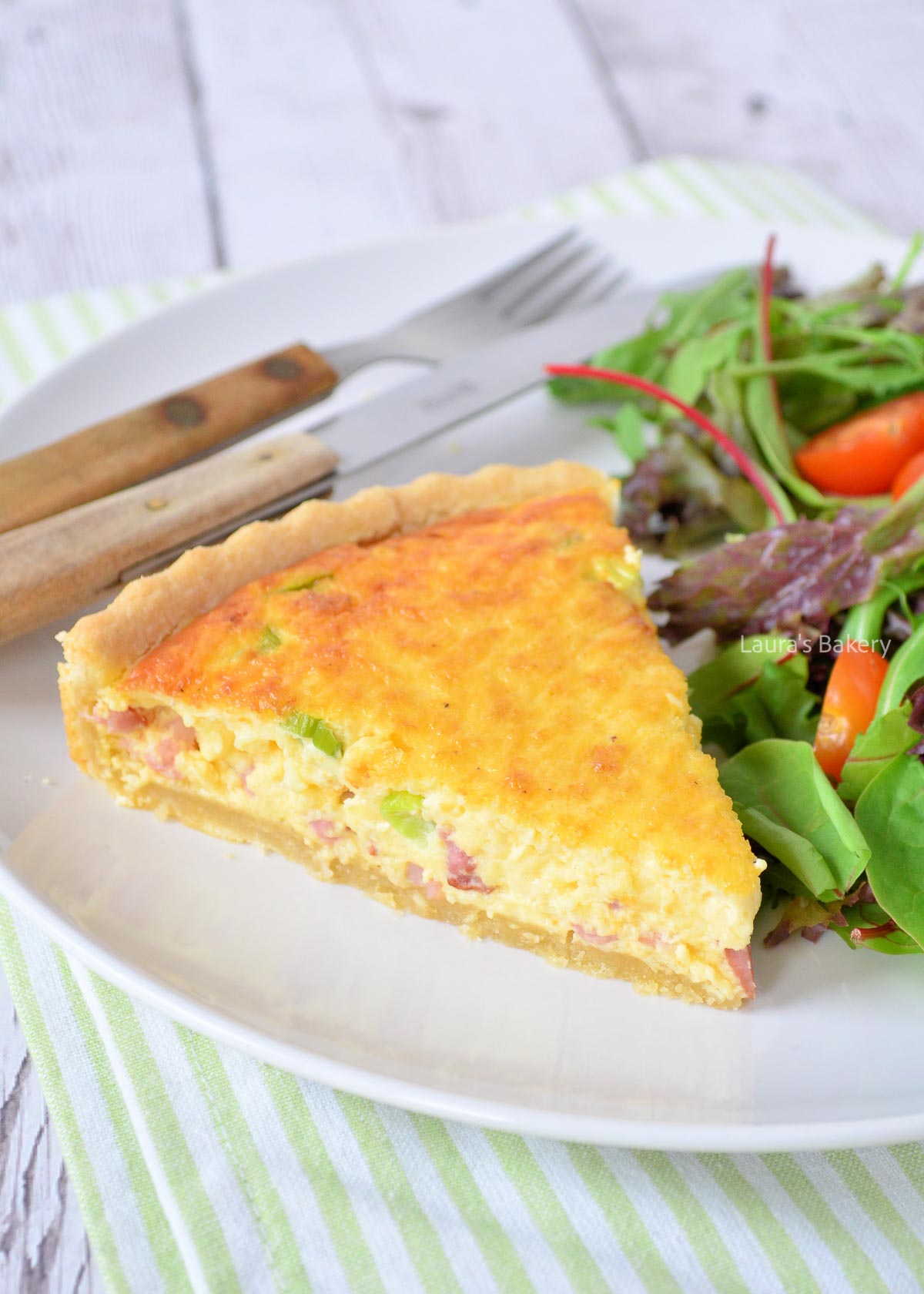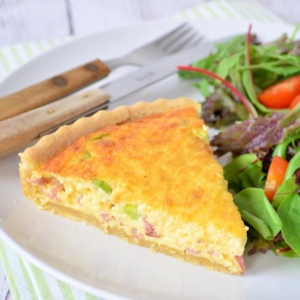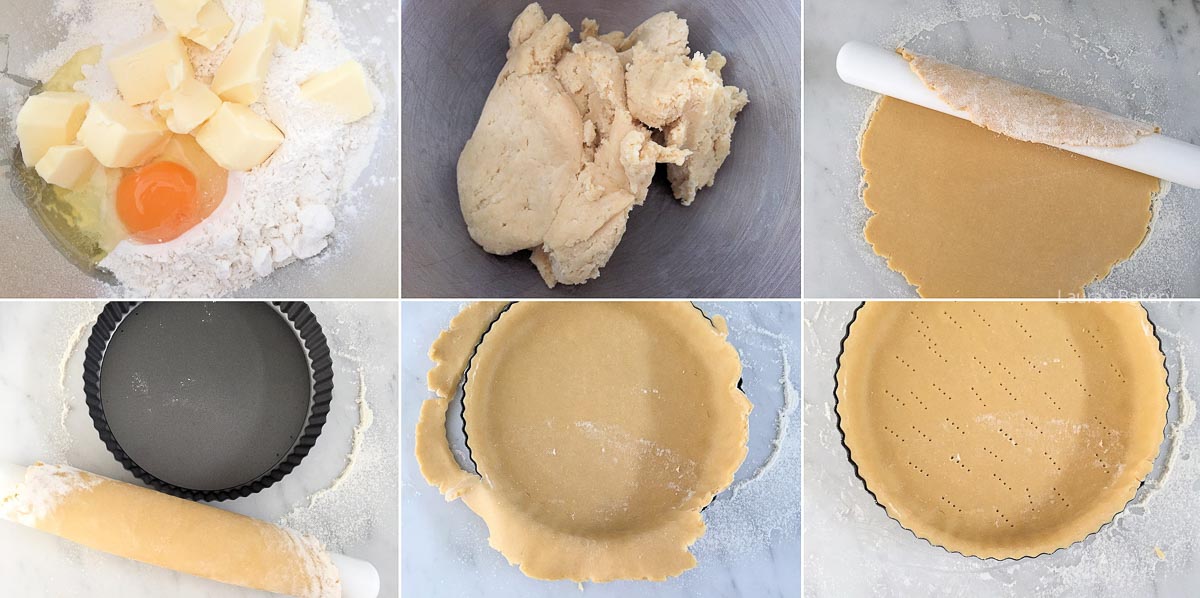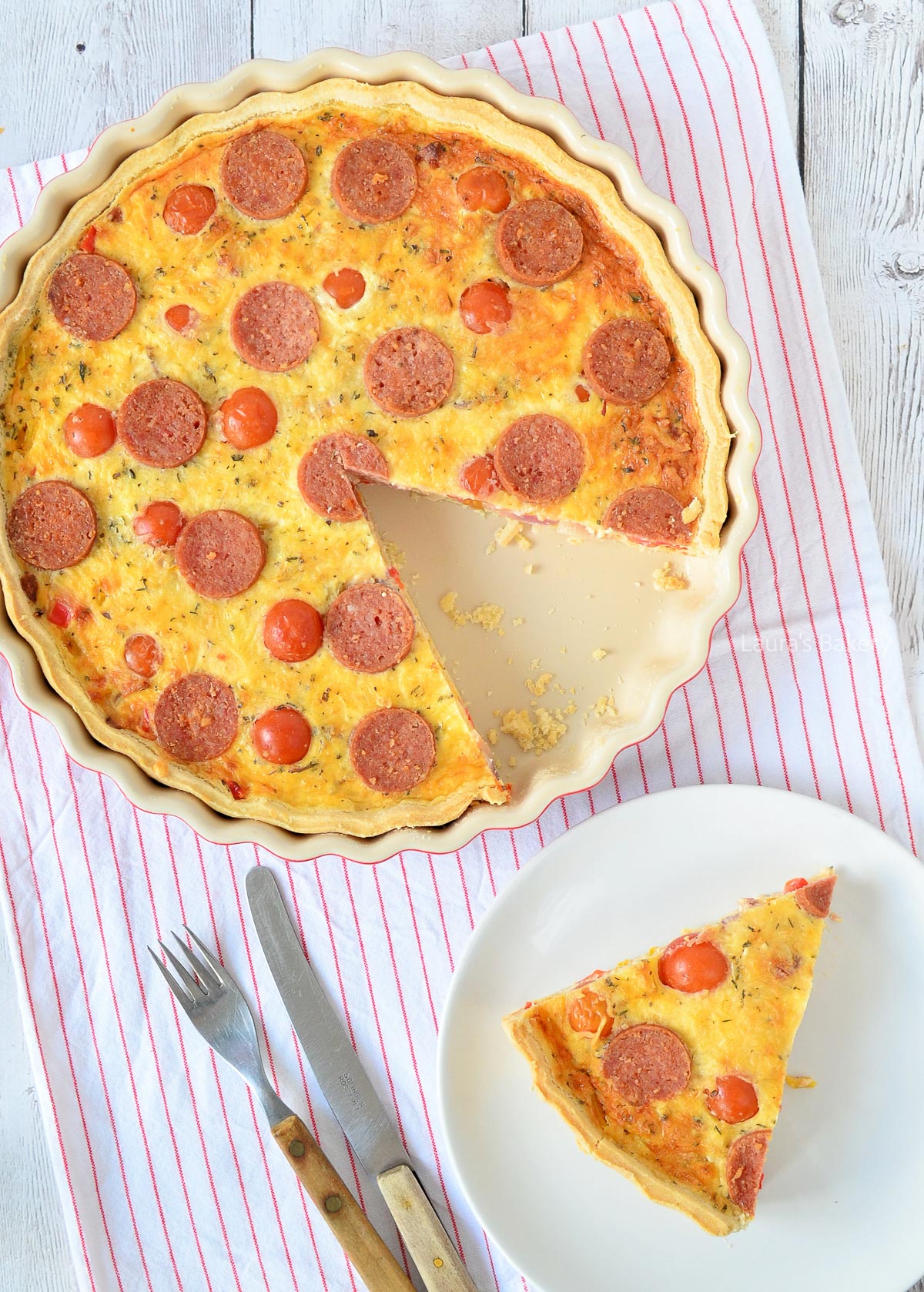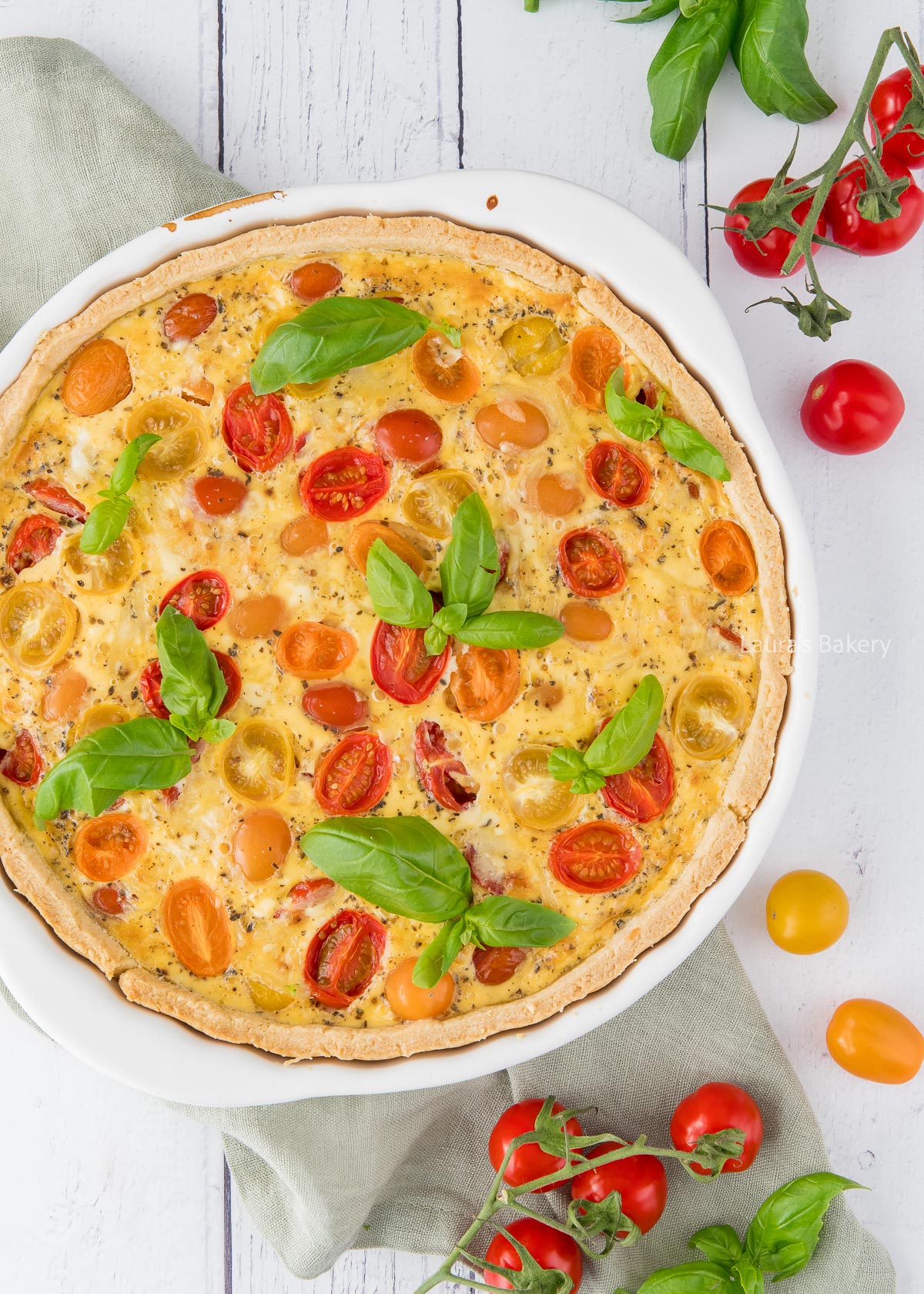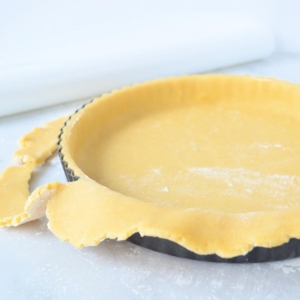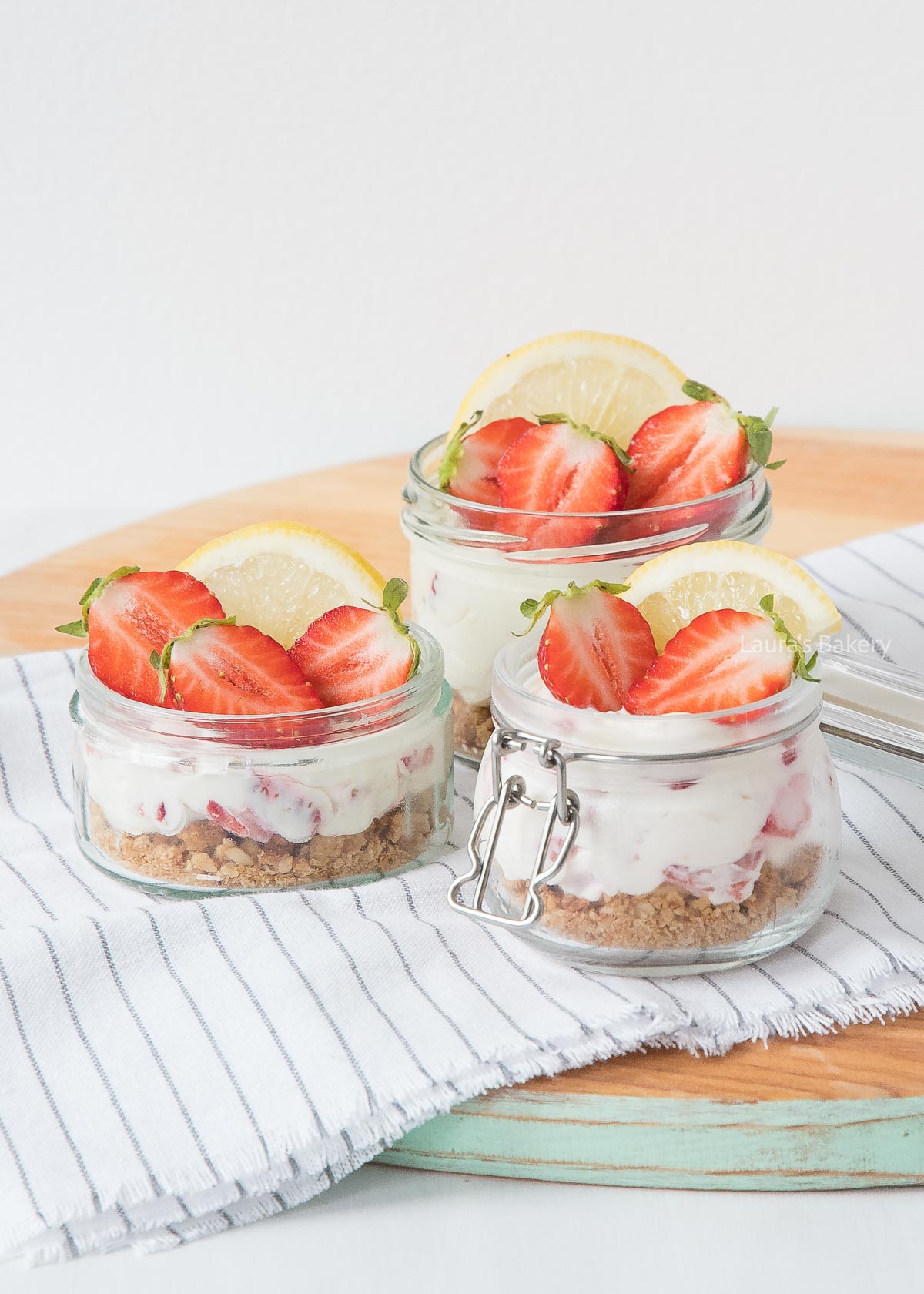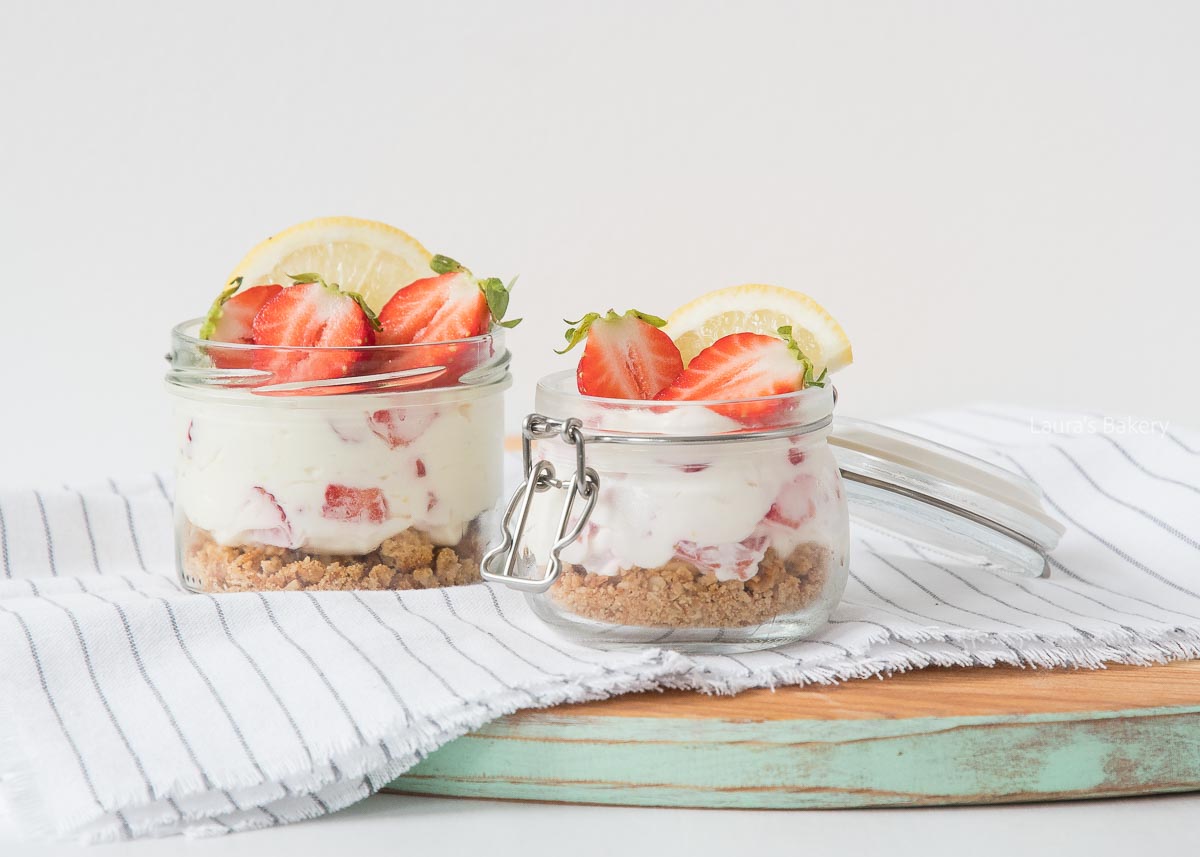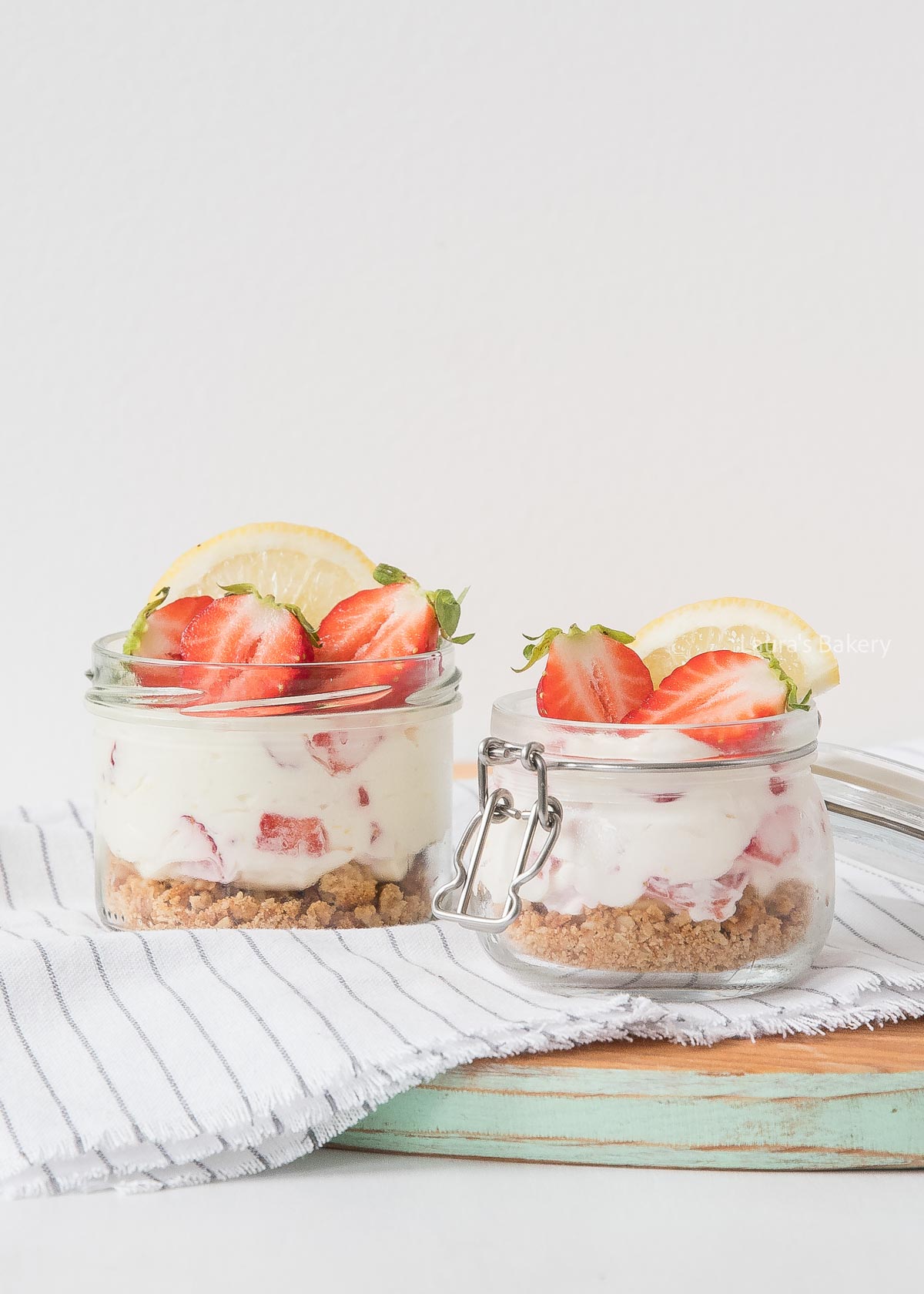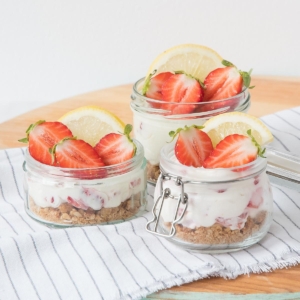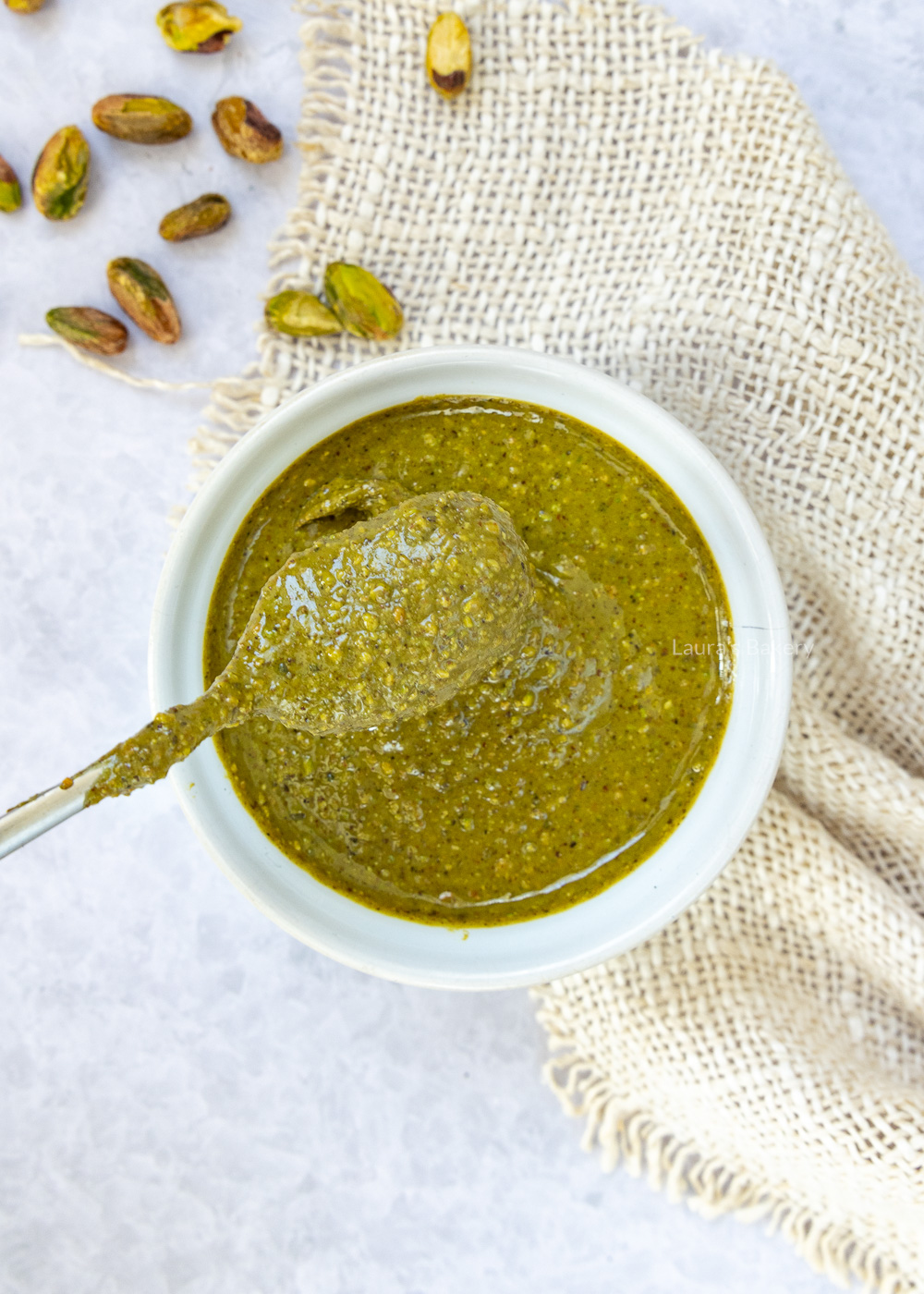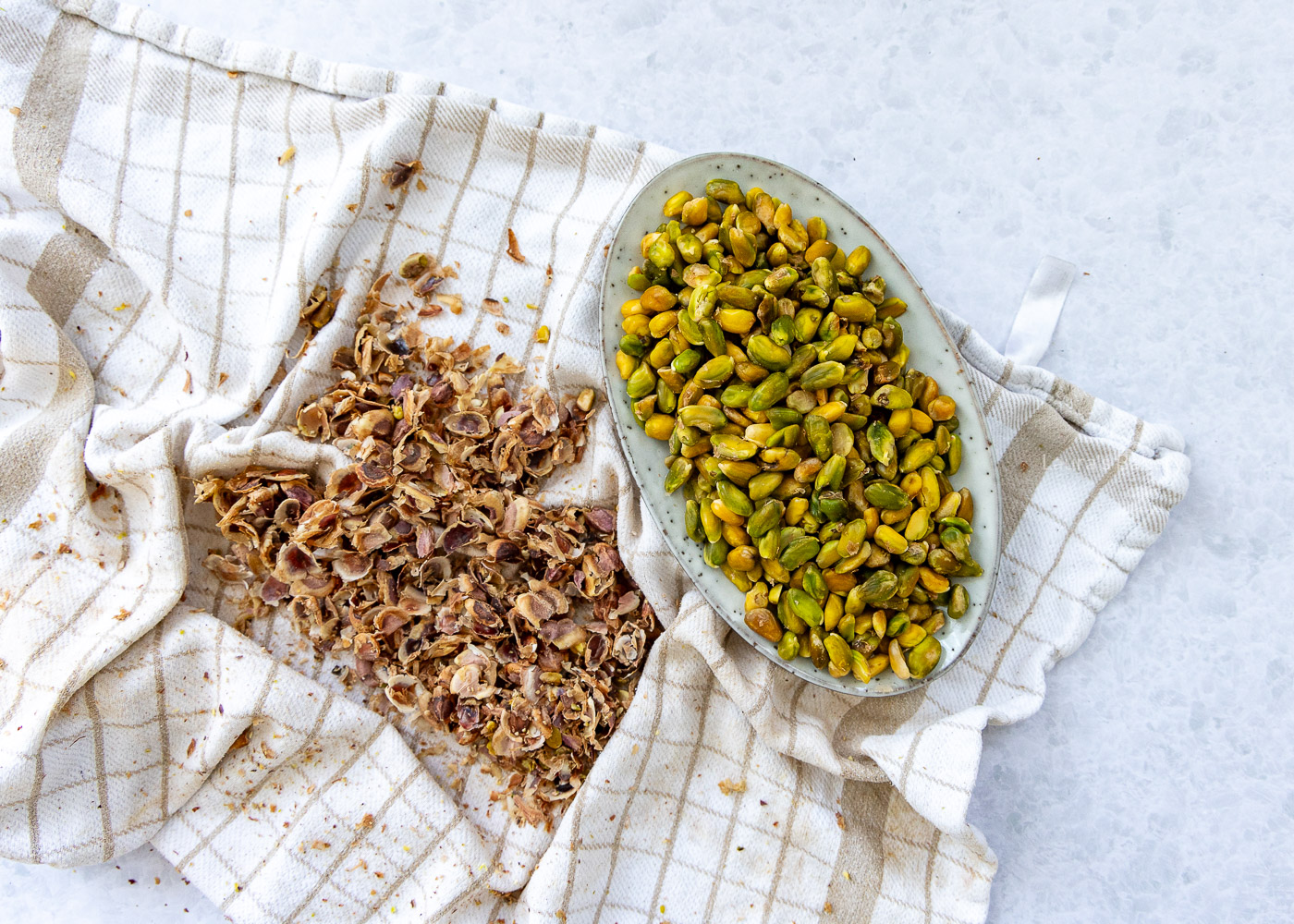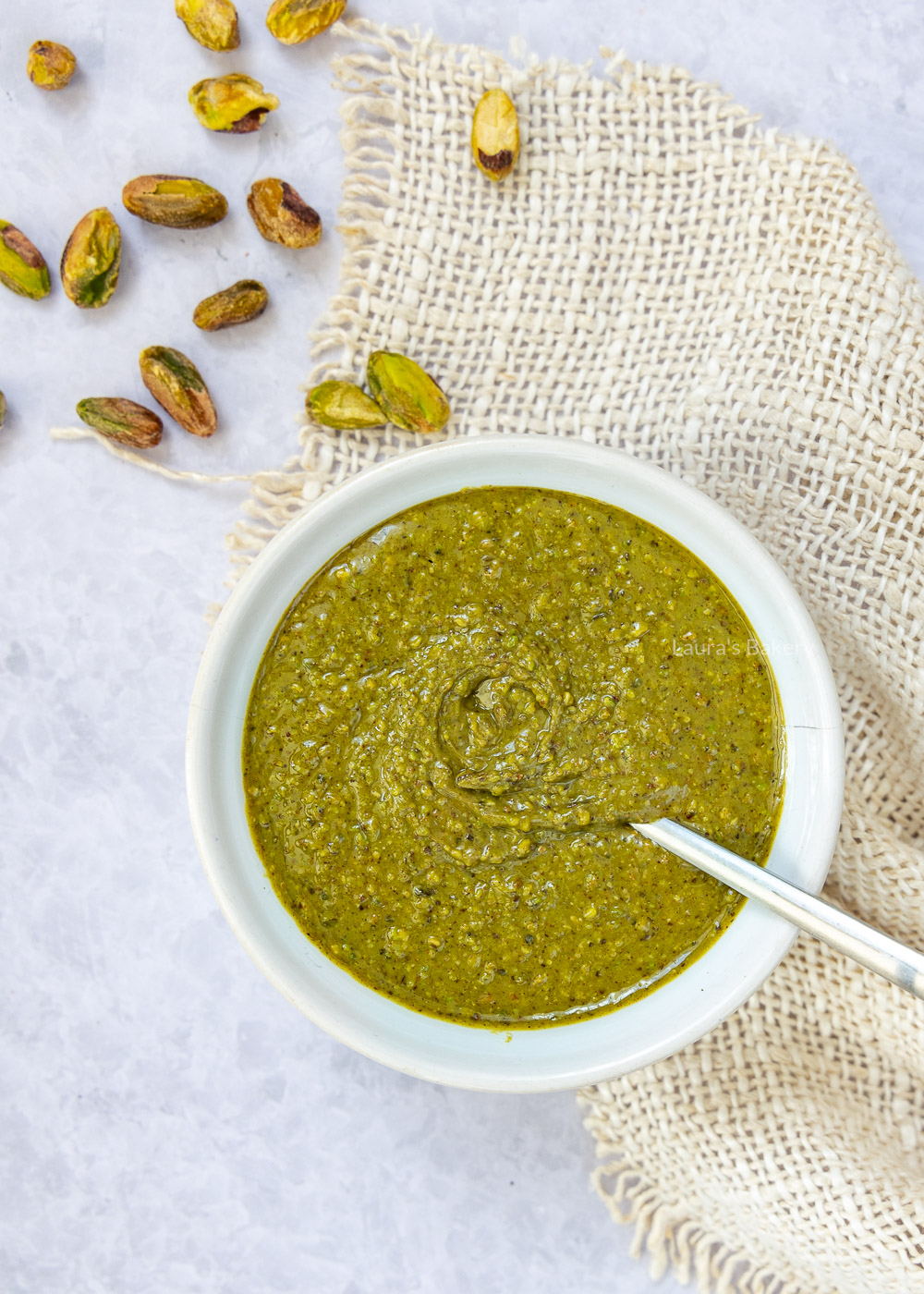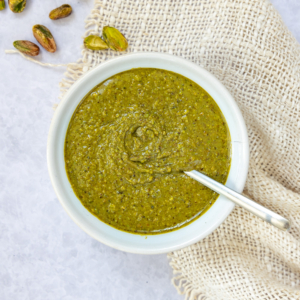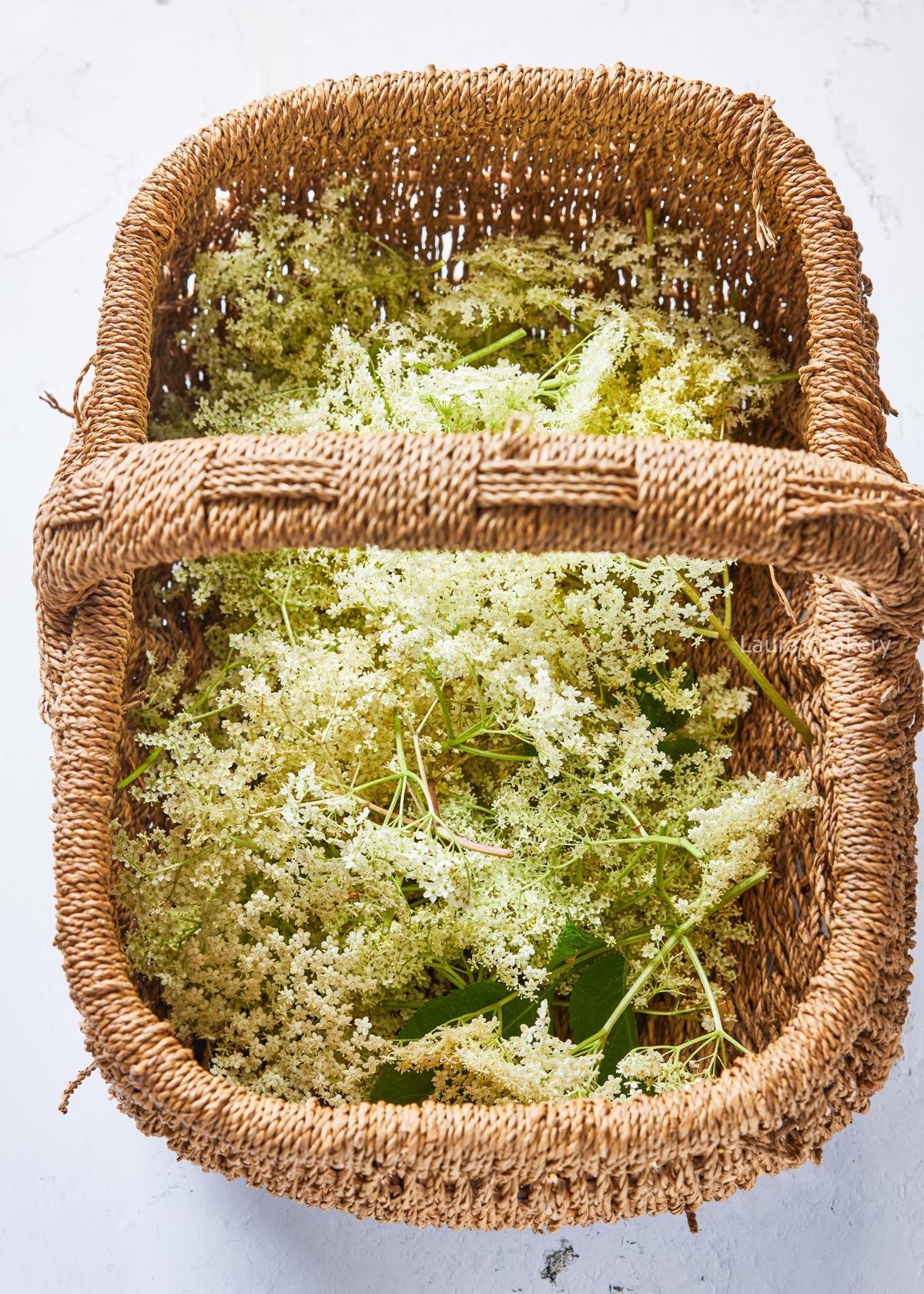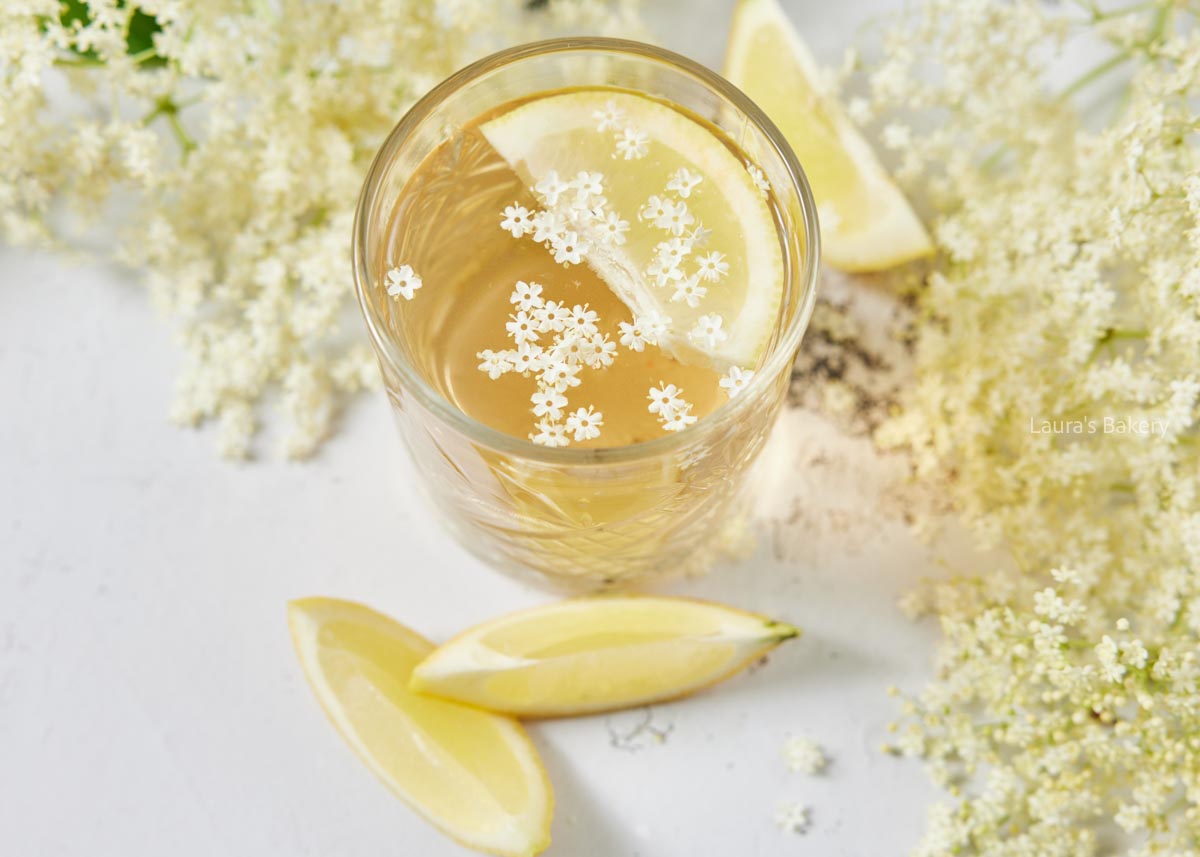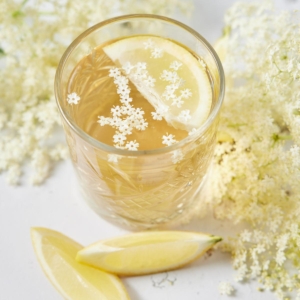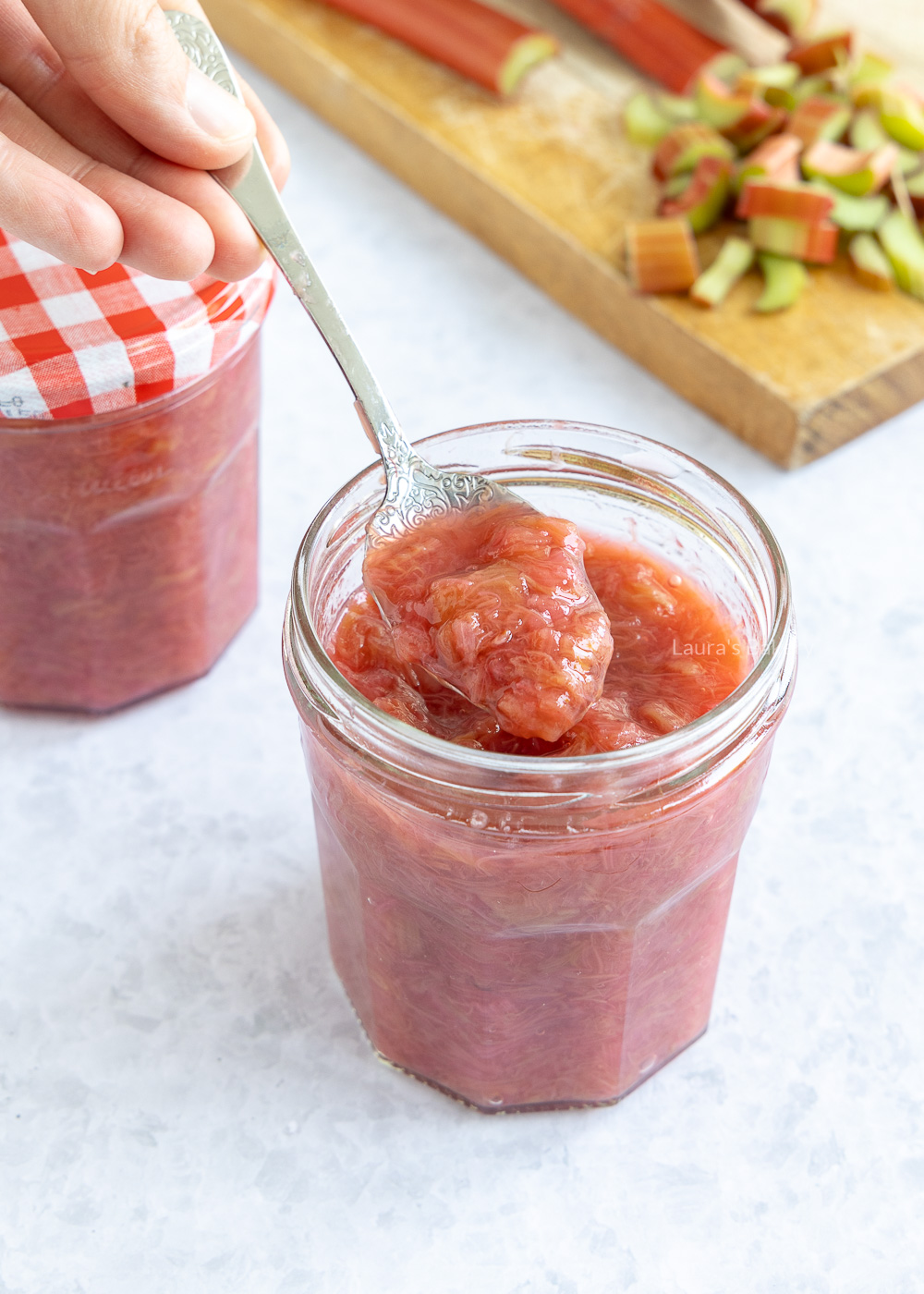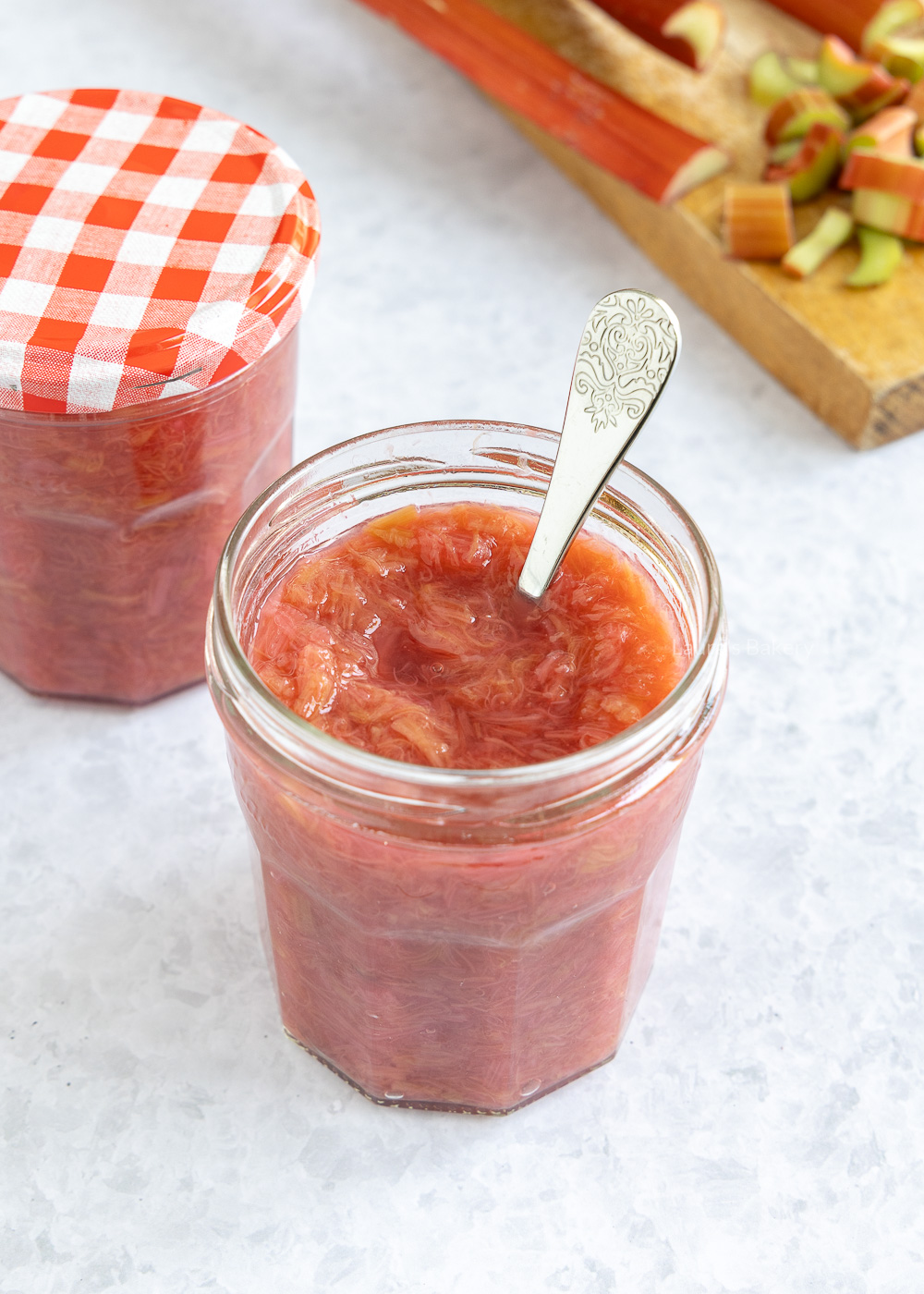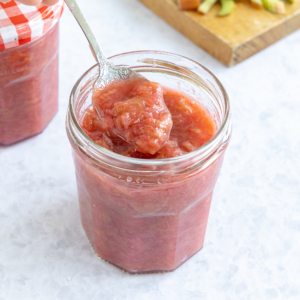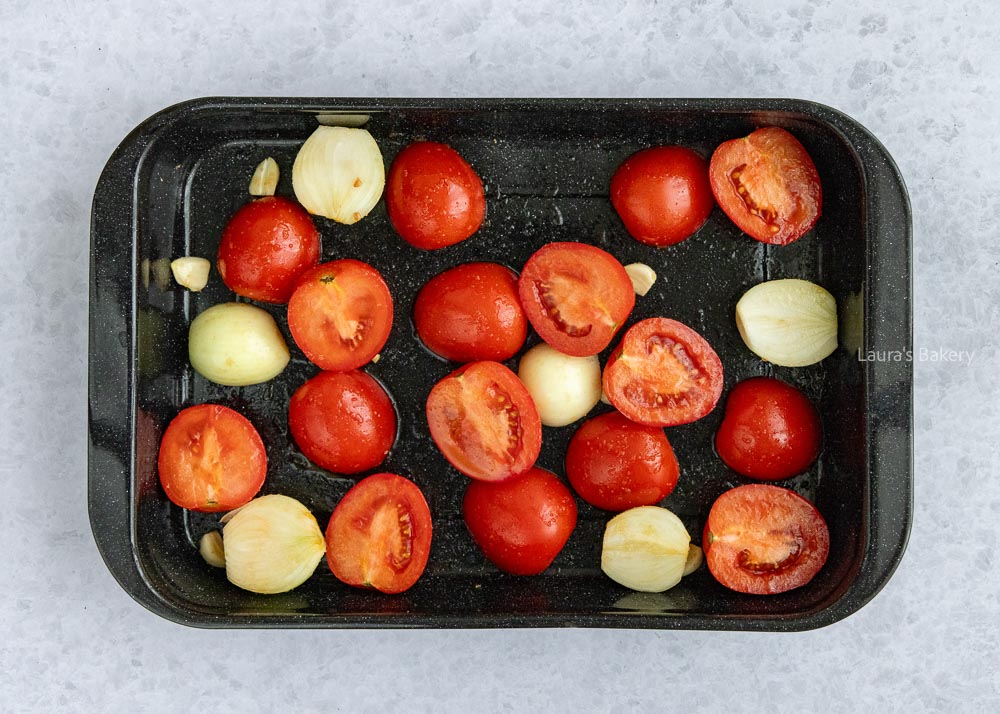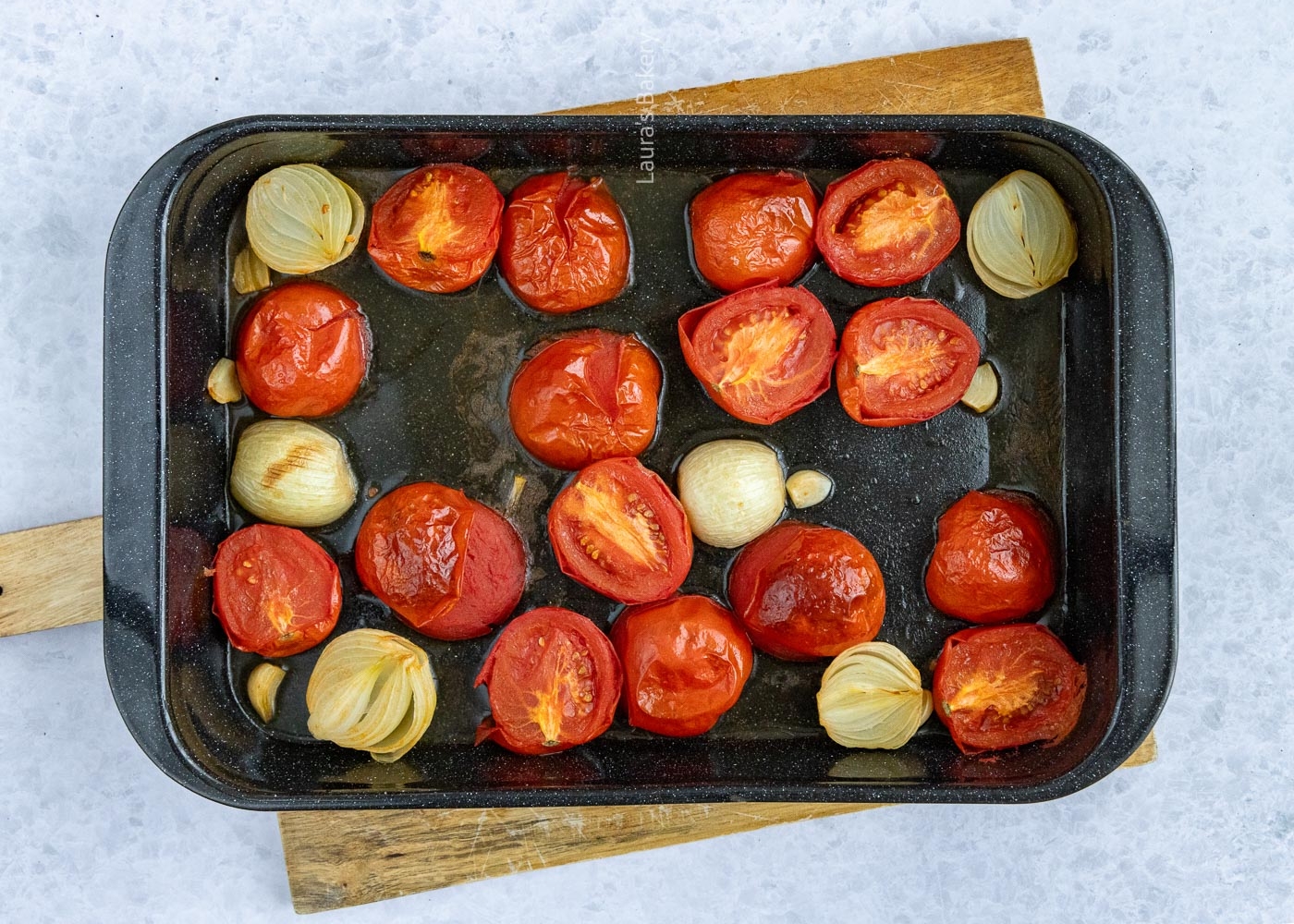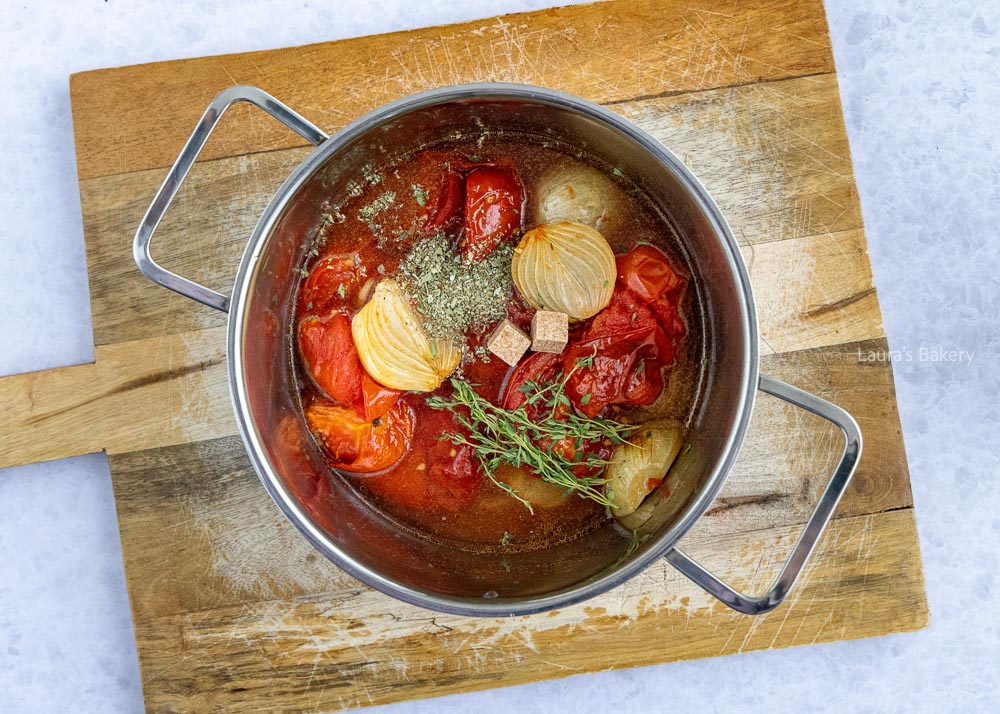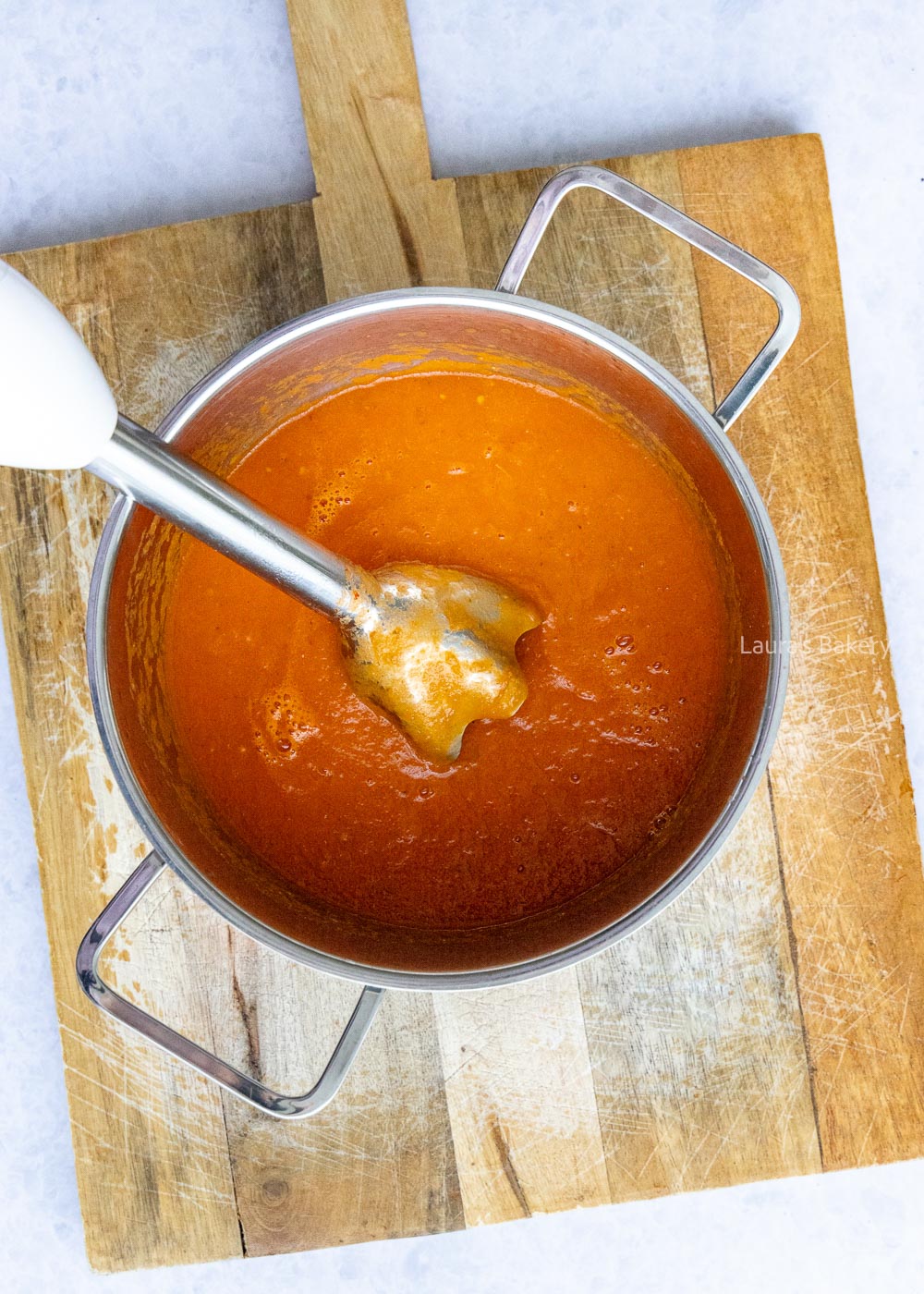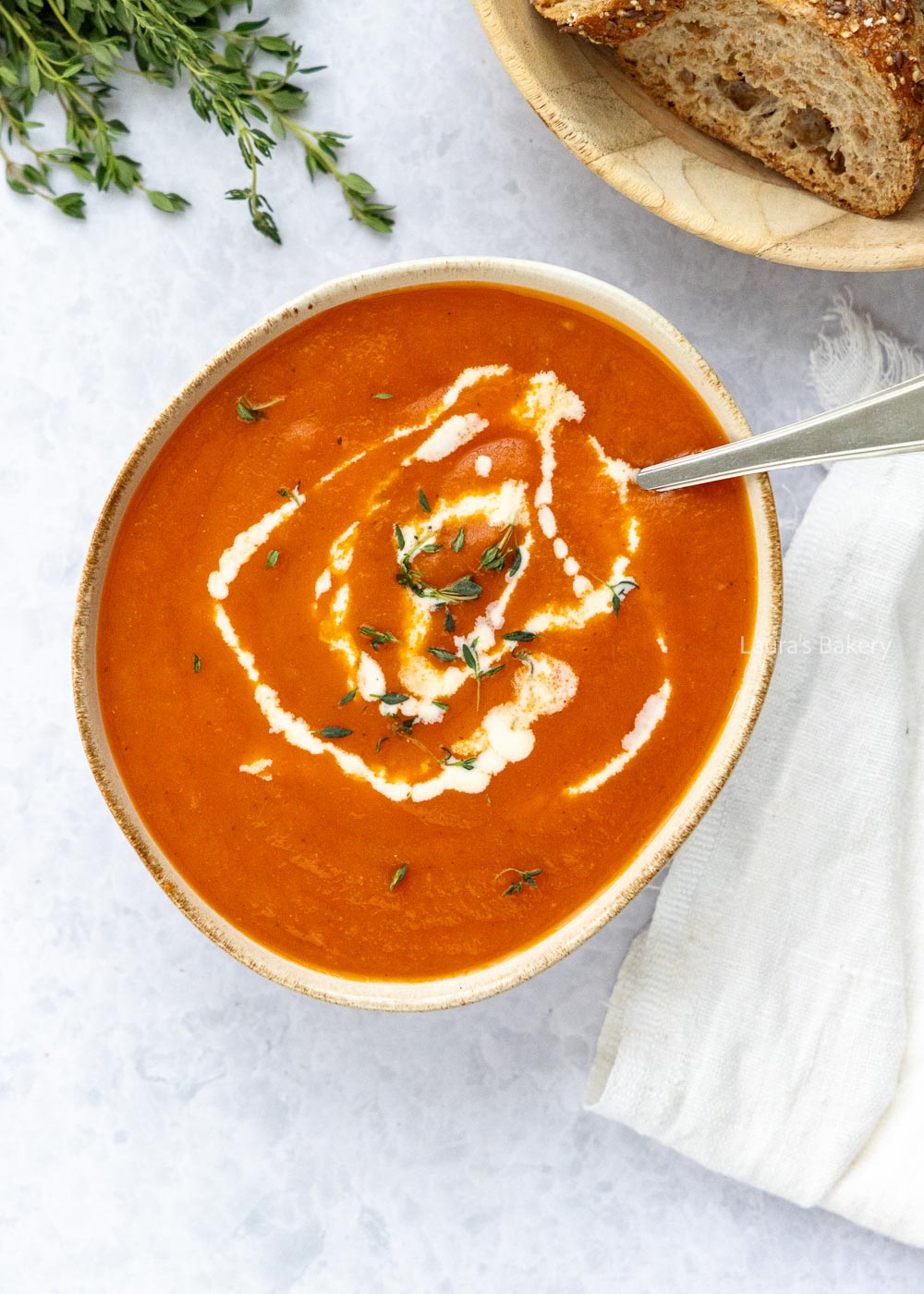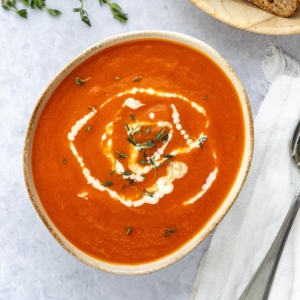Tomato soup with fresh tomatoes
Italians are heroes when it comes to preparing dishes with fresh tomatoes. Whether it’s a Caprese salad, a tasty pasta sauce, or a delicious Italian tomato soup made with fresh tomatoes.
As far as I know, Italians prefer to make their traditional recipes for tomato soup with fresh tomatoes and fresh herbs. Within these limits, you can vary the flavors a bit. That way, you can enjoy a different soup every time, but always in the Italian style.
In this tomato soup recipe, the tomatoes are roasted in the oven, which brings out their sweetness and gives the soup a much richer flavor. It’s a pretty easy recipe.
Which herbs for tomato soup?
The most obvious herbs for tomato soup are fresh basil leaves, oregano, and thyme. But there are other Italian herbs to try.
Consider rosemary, marjoram, or sage. I prefer the combination of oregano and thyme, using dried oregano and fresh thyme. In principle, you can use either fresh or dried herbs.
Which tomatoes to use for fresh tomato soup?
If you choose fresh tomatoes, make sure they are ripe and preferably a flavorful variety. Tomatoes are the main flavor in this soup, so it definitely makes a difference which ones you buy.
Choose Roma, San Marzano tomatoes, Coeur de Boeuf, or vine tomatoes, for example. Of course this is best when it is peak season for the tomatoes
